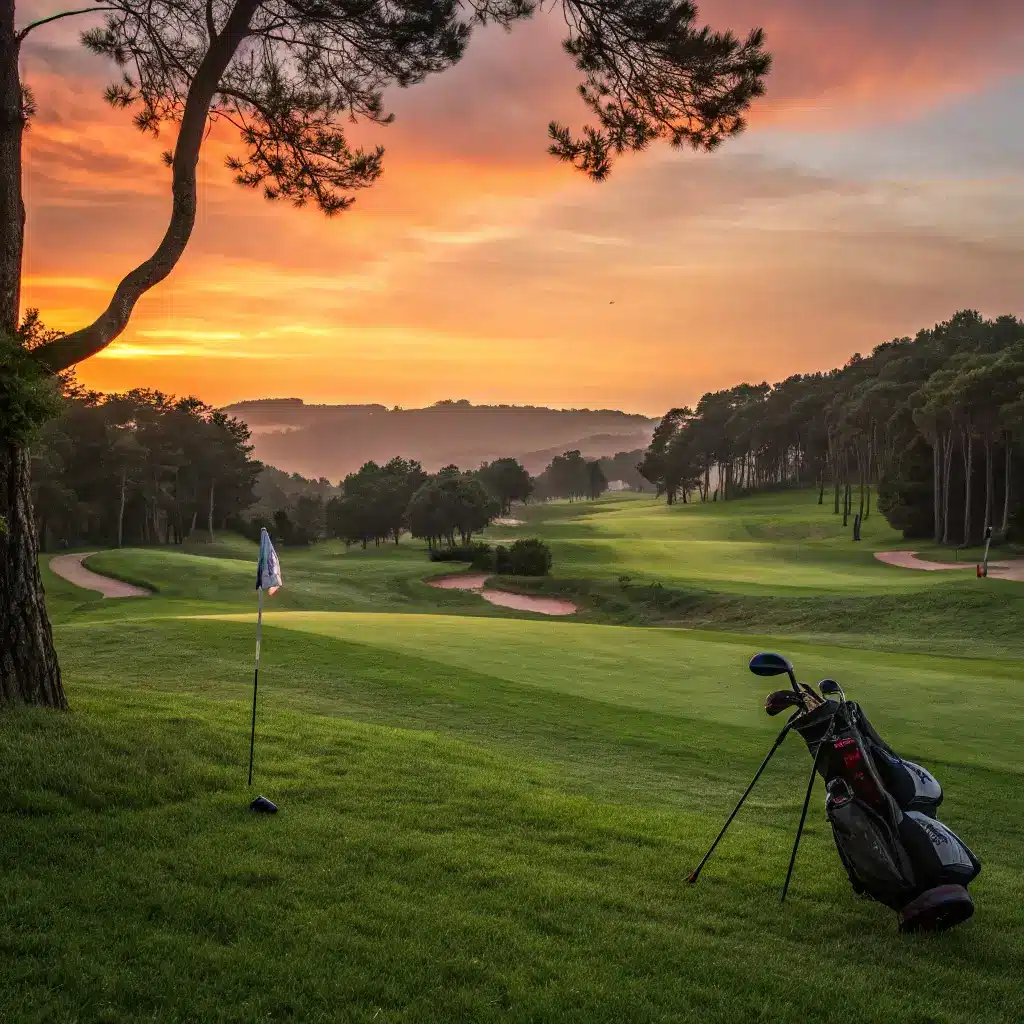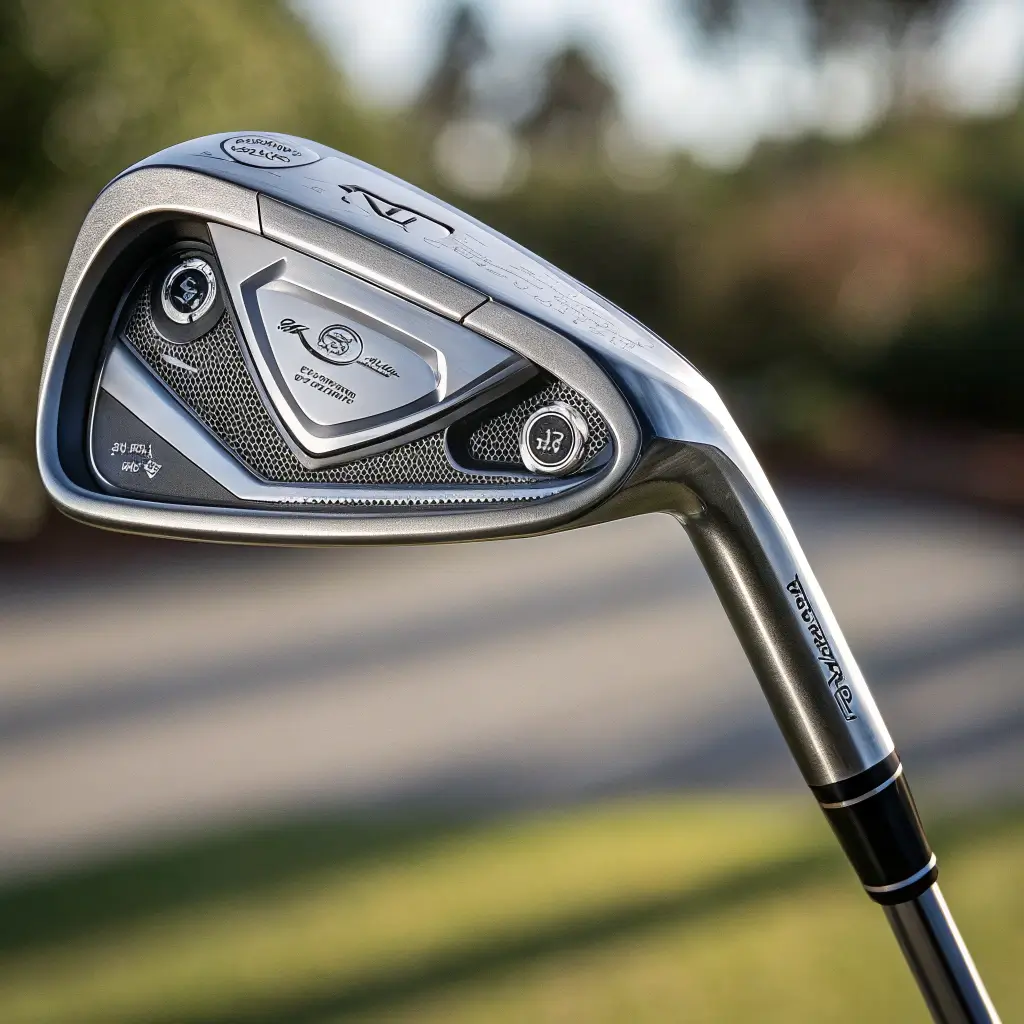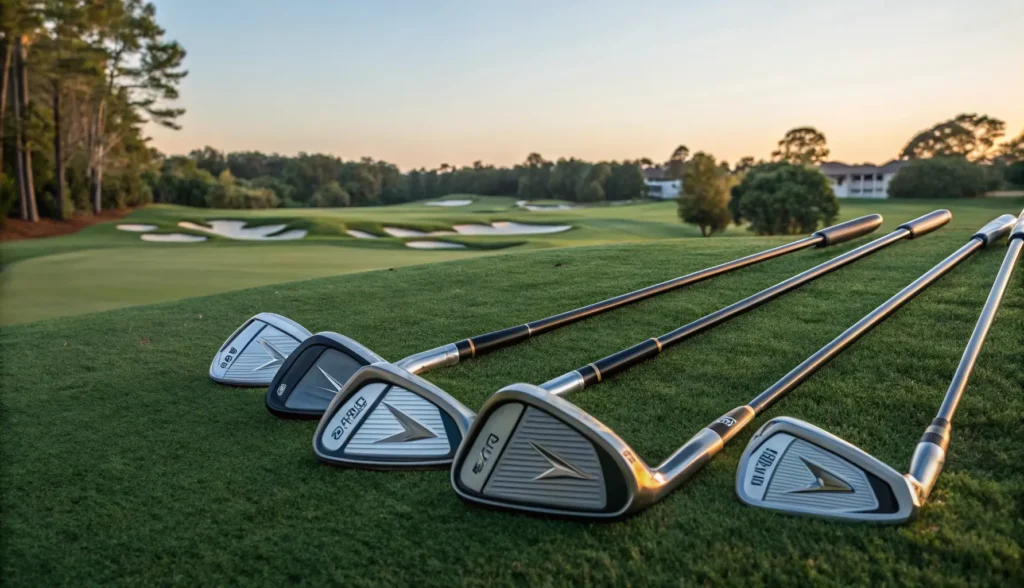Spalding has a rich history in the world of golf, dating back to the late 19th century. Founded by Albert Spalding, the brand initially focused on baseball before expanding into golf equipment. Over the decades, Spalding golf clubs have become synonymous with quality and innovation. The evolution of their iron sets reflects advancements in technology and design, catering to golfers of all skill levels. Vintage Spalding irons are particularly sought after by collectors, showcasing the brand’s commitment to craftsmanship. Today, Spalding golf equipment continues to influence the game, offering a range of options for players looking to enhance their performance on the course.
The Evolution of Spalding Irons by Year
The history of Spalding irons is a fascinating journey through the evolution of golf equipment. From their inception in the 1960s to their resurgence in recent years, Spalding irons have undergone significant changes. This post will explore the development of Spalding irons by decade, highlighting key models, technological advancements, and design changes that have shaped the brand.

1960s: The Birth of Modern Spalding Irons
The 1960s marked a pivotal moment for Spalding golf clubs. The introduction of the Spalding Executive irons set the stage for modern golf equipment. These irons featured a unique design with a larger sweet spot, making them more forgiving for amateur golfers. The use of stainless steel in their construction was revolutionary, providing durability and a sleek look. The 1960s also saw the rise of the Spalding Top-Flite line, which became synonymous with quality and performance.
1970s: Innovation and Popularity
The 1970s brought significant advancements in materials and design for Spalding iron sets. The introduction of perimeter weighting technology improved stability and accuracy. Golfers embraced the new designs, leading to increased popularity among both amateurs and professionals. The Spalding Executive II irons became a favorite on tour, showcasing the brand’s commitment to innovation. This decade solidified Spalding’s reputation as a leader in golf equipment history.
1980s: The Golden Era of Spalding Irons
The 1980s are often regarded as the golden era for Spalding irons. The brand reached peak popularity with models like the Spalding 845 and the Spalding Tour Edition. These irons featured advanced technology, including cavity-back designs that enhanced forgiveness and playability. The aesthetic appeal of these clubs attracted a wide range of golfers, contributing to Spalding’s dominance in the market. The 1980s also saw Spalding expand its product line, offering a variety of golf equipment to meet diverse player needs.
1990s to Present: The Decline and Resurgence
The 1990s marked a decline in Spalding’s popularity as new brands emerged in the golf industry. However, recent efforts to revive the brand have shown promise. The reintroduction of vintage Spalding irons has sparked interest among collectors and enthusiasts. Modern Spalding golf equipment combines classic designs with contemporary technology, appealing to a new generation of golfers. The brand’s commitment to quality and performance remains strong, ensuring its place in the future of golf.
Key Features of Spalding Irons
Spalding irons are renowned for their unique blend of quality, performance, and innovation. Here are some key features that set them apart from competitors:
- Material Quality: Spalding uses high-grade steel and advanced alloys, ensuring durability and a solid feel during play.
- Design Innovation: The ergonomic design of Spalding irons promotes better grip and swing mechanics, enhancing overall performance.
- Technology Integration: Many models incorporate cutting-edge technology, such as perimeter weighting and cavity back designs, which improve forgiveness on off-center hits.
- Custom Fit Options: Spalding offers various shaft flex and length options, allowing golfers to choose clubs that suit their individual playing style.
- Vintage Appeal: Vintage Spalding irons are highly sought after for their classic aesthetics and historical significance in golf equipment history.
- Affordability: Compared to other premium brands, Spalding golf clubs often provide excellent value for money without compromising on quality.
These features make Spalding iron sets a popular choice among both amateur and professional golfers, ensuring they remain a staple in the world of golf equipment.
How to Choose the Right Spalding Iron Set
Selecting the right Spalding iron set can significantly enhance your game. Here are some tips to help you make the best choice:
- Assess Your Skill Level: Beginners may prefer more forgiving clubs, while advanced players might seek precision.
- Consider Your Playing Style: If you have a sweeping swing, look for clubs with a lower center of gravity.
- Test Different Models: Try various Spalding iron sets to find the feel that suits you best.
- Check the Shaft Flex: Choose a flex that matches your swing speed for optimal performance.
- Look for Customization Options: Some Spalding irons offer adjustable features to tailor your clubs to your preferences.
- Read Reviews: Research feedback from other golfers to gauge the performance of specific models.
- Consult a Professional: Seek advice from a golf pro to ensure you’re making an informed decision.
By considering these factors, you can find the perfect Spalding iron set that complements your game and enhances your overall performance on the course.
Maintenance and Care for Spalding Irons
Proper maintenance of your Spalding irons is essential for longevity and performance. Regular cleaning prevents dirt buildup and maintains club integrity. Use a soft brush and warm, soapy water to clean the clubheads after each round. Rinse thoroughly and dry with a soft cloth.
Inspect grips regularly for wear. Replace them if they feel slick or damaged. This ensures a secure hold during swings. Store your Spalding iron sets in a cool, dry place to avoid rust and deterioration.
Consider using headcovers for added protection, especially for vintage Spalding irons. Regularly check for any signs of damage or wear on the shafts and clubheads. Address any issues promptly to maintain optimal performance.
Lastly, consider professional club fitting and maintenance services to ensure your Spalding golf equipment is tailored to your playing style. This can enhance your overall game and extend the life of your clubs.

FAQs
Here are some common questions related to Spalding irons that can help you make informed decisions.
The most popular models include the Spalding Executive and the Spalding Top-Flite, known for their performance and design.
Spalding irons are often praised for their craftsmanship and feel, though they may not have the same brand recognition as others like Callaway or TaylorMade.
Yes, vintage Spalding irons can be valuable for collectors and offer a unique playing experience for enthusiasts.
Prices can vary widely, typically ranging from $50 to $300 depending on the model and condition.
Spalding irons can be found at golf specialty stores, online marketplaces like eBay, and through vintage golf equipment retailers.
